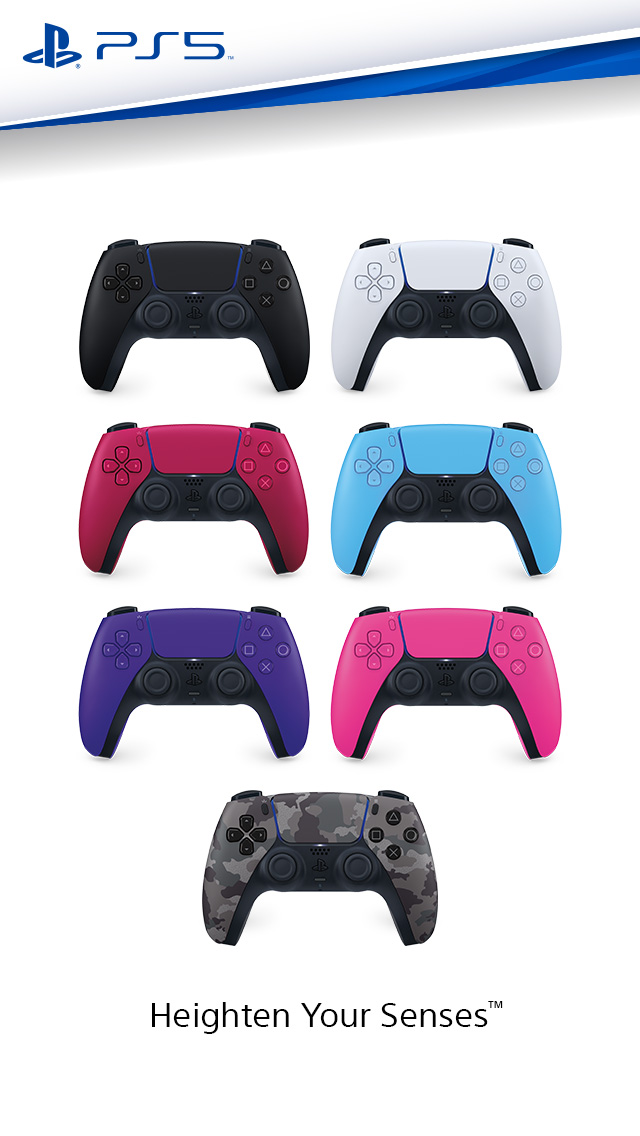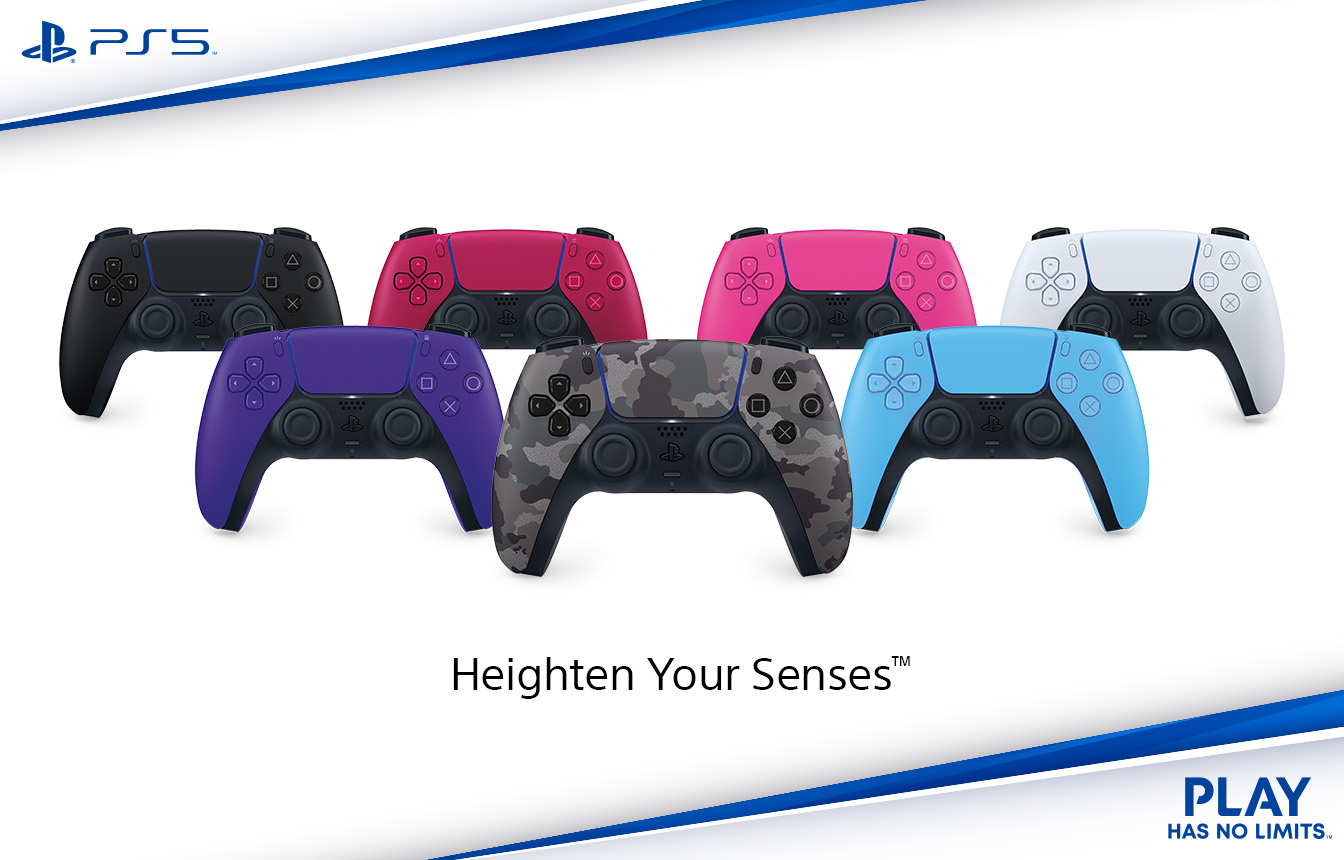Ten years ago, Wario was the undisputed Bling-Bling King (as this infamous ad for the GameCube’s Wario World so aptly illustrates). He’d just starred in his first home-console release, but more importantly—though we didn’t quite realize it at the time—he’d also kicked off one of Nintendo’s most subversive, surreal franchises with WarioWare, Inc.: Mega Microgame$, which shrunk down the minigame concept to ridiculous, addictive levels with five-second tests of wits, survival, and reflexes.
After six original WarioWare entries across three platforms delivered some of the most entertaining action on Nintendo consoles over the past decade, Mario’s eternal rival finally carved a true identity away from the shadow of his Koopa-stompin’, Peach-savin’ antagonist. It might sound like sacrilege, but at this point, I actually get more excited for a new WarioWare release than a proper Mario game.
But let’s get this clear right from the start: Even though Wario and his familiar loony crew of Jimmy T., 9-Volt, Orbulon, and the rest are all present and acting as the hosts of various minigames, this is not a WarioWare title. Well, not entirely, at least. Game & Wario was originally designed as a collection of Wii U tech demos—you might recognize at least one of them from E3 2011, in fact—and not every one of these offerings exudes the same ingenuity and charm to which series fans are accustomed. The end result is as inconsistent as you’d expect from games clearly designed from a “throw everything against the wall and see what sticks” approach. Ten minigames are single-player only, four are multiplayer only, and two include both single- and two-player options. And be warned: You’ll only see the patented microgames in a single entry.
The major problem with Game & Wario isn’t the paucity of microgames, though; the biggest issue here is best illustrated by the two minigames starring Wario himself: Arrow and Pirates. Arrow is a particularly lackluster way to start the proceedings, as you must clear it—and every subsequent minigame—in order to unlock the next one. This particular minigame tasks players with defending against rampaging Wario robots on the TV screen by shooting them down with GamePad-based arrows (complete with a bulbous Wario nose for the tip), but it can be frustrating to aim precisely where you want. Too many times, I failed not because of lack of skill but due to the fact that the onscreen targeting reticule didn’t match up with where I aimed.
Meanwhile, Nintendo clearly intended Pirates to be a centerpiece of the Game & Wario experience—an in-game cutscene even shows a legion of players addicted to the “hot new gaming fad”—but it’s simply not as engrossing as the developers obviously think it is. This game was originally seen at E3 2011 as Shield Pose, where it earned some acclaim but didn’t blow anyone away. I played the game back then—and, yes, it was mildly enjoyable for a few minutes. The gameplay here, however, remains surprisingly unchanged, with the generic E3 pirate replaced by a swashbuckling, taunting Wario. You’ll start off by using the Wii U as a shield against a galleon of Wario-led pirate ships and their arrow barrages; once that’s done, you’ll need to dance in time to a stylized Wario’s exaggerated, King of All Cosmos–esque contortions. It’s like defending yourself from a volley of medieval archers and then being judged in figure skating—it’s different, but that doesn’t necessarily make it extraordinarily fun.
Arrow and Pirates are far from the worst offenders in the Game & Wario collection, though. While they’re not the most compelling games, they’re also not outright offensive. The same can’t be said for Kung Fu—easily my least-favorite experience here—which sees players jumping around as martial-arts trainee Young Cricket as he attempts to reach Master Mantis. But it’s not fun to control a 3D platformer by tilting the GamePad. Imagine Super Mario 64 if it had been designed by the Bubsy 3D team, and you’ve got some idea of the incompetence on display in this selection.
Taxi’s another entry that falls short of its potential; it features pooch-and-feline duo Dribble and Spitz as they attempt to repel an extraterrestrial invasion while simultaneously delivering cab fares—and somehow, it’s far more mundane and uninteresting than it sounds. Another disappointing minigame, Ashley, features the titular emo witch girl in a simple side-scrolling shooter that doesn’t exactly bring to mind the words “bullet hell.” The biggest challenge here lies in titling the right direction to make Ashley move—and it’s no coincidence that the most disappointing minigames involve tilting the GamePad in some way. The fun of a WarioWare game is always getting lost in the lightning-quick bizarre challenges constantly coming your way, not fighting with the controls.
So, with all these disappointments—nearly half of the lineup in total—why do I recommend Game & Wario for WarioWare fans? Because when the minigames do work here, they work spectacularly well. I’ll still be playing Game & Wario even after this text has posted, in fact, which is always a test for how much I truly enjoy a review experience.
And it’s no surprise that my favorite minigame, Gamer, is also the only one to include the familiar microgames. This entry stars Nintendo-addicted tyke 9-Volt while he attempts to complete his new portable game, Balloon Fighter, while hiding under the covers from Mom when she makes her threatening, glowing-eyed presence known. This adds an entertaining twist to the familiar microgames concept, as you need to focus your attention on the GamePad and its microgames while also keeping an eye out for Robo-Mom on the TV screen and her increasingly absurd hiding places. Everyone has childhood memories like this, and it’s great to finally see this specific brand of nostalgia replicated in a game—my favorite incident was the time I openly refused my mom’s request to shut off Mike Tyson’s Punch-Out!! until I’d bested Piston Honda. My punishment? Two weeks of no videogames. I have no regrets.
Another strong minigame offering, Shutter, features Wario’s (alleged—I’m always praying she’s got better taste) girlfriend Mona as a crack photographer trying to snap pics of criminals, ghosts, models, and actors with the GamePad acting as a “camera.” The targets change with each new game, too, so this minigame in particular provides a huge amount of replay value. Patchwork is another solid entry; it’s a puzzle game hosted by twin ninjas Ana and Kat that tasks players with putting together various real-world objects—a monkey, a helicopter, a banana—from the remnants of a shredded patchwork quilt. With no time limit and some excellent relaxing background music, this game provides a relaxing respite in between some of the higher-stress offerings.
Game & Wario can even be educational and illuminating at times. Design features mad genius Dr. Crygor tasking players with designing his latest robot by completing a series of geometry-based tests on the GamePad—for example, drawing a 1.5-inch line or a 70-degree angle from memory. While it might sound simple, it’s easy to get lost in trying to make your designs more and more accurate each time.
Game & Wario’s multiplayer options are, like its single-player content, hit-and-miss. It’s great that every player uses the same GamePad during multiplayer sessions—no syncing a handful of Wii Remotes, which is a welcome change from most Nintendo fare—but since this is ostensibly a party game, it’s baffling that the offerings here are so paltry. Aside from two-player Design and Bowling options, there’s also Fruit (up to four players try to spot the GamePad-wielding thief among a crowd of digital denizens), Disco (a half-baked, finger-based DDR competition on the GamePad), and Sketch (essentially GamePad Pictionary).
As with the single-player content, however, it’s somewhat forgivable because the one game that does work, Islands, is such as crowd-pleaser. Up to five players use the GamePad to toss Fronks—the tiny, blocky mascot characters seen throughout the series—onto an island platform with various score sections (and score multipliers added to the mix as well). Of course, it wouldn’t be a Nintendo party game without any twists—such as seagull coming along and depositing a Fronk in the water, leaving it to drown helplessly (such graphic, wanton destruction, Nintendo!). The end result is a highly random, Mario Party–style competition that may not always be fair, but it’s always entertaining.
I’m not usually one for collectibles, but Game & Wario’s trinkets are actually useful or amusing—or even a combination of the two. Once you complete a specific challenge—or even when you’ve just turned on the game after a break—you’ll get a token, which allows you access to one of 240 collectibles via the Cluck-a-Pop capsule machine. I couldn’t wait to pop open one of the capsules, since I never knew what to expect. It might be a hint to help pass a particular challenge, it might be some inside intel on the crazy world of Diamond City courtesy of Mona, or it might be Monty Python–esque theater of the absurd. All are equally welcome, as far as I’m concerned.
So, while Game & Wario may slightly sully the erstwhile Bling-Bling King’s formerly spotless gold crown—and developer Intelligent Systems’ near-flawless record—there’s enough here to satisfy longtime fans…for now. It’s great to have the WarioWare spirit back in some form, even if this doesn’t quite live up to Wario’s obscenely high standards.
|
★★★☆☆
WarioWare fans have been waiting more than three years for the next proper entry in the series—and they’ll still be waiting after Game & Wario. This collection of minigames designed specifically for the Wii U doesn’t have the same style and panache of a regular WarioWare entry, but several entries do manage to re-create at least some of that classic magic. |
Developer Intelligent Systems Publisher Nintendo ESRB E – Everyone Release Date 06.23.13 |
| Game & Wario is available on Wii U. Primary version played was for Wii U. Product was provided by Nintendo for the benefit of this coverage. EGM reviews on a scale of one to five stars. | |

A proud Japanese RPG and serial-comma enthusiast, Andrew attended E3 for more than a decade. His least-proud moment? That time in 2004 when, suffering from utter exhaustion, he decided to take a break on the creepy, dilapidated—and possibly cursed—La-Z-Boy at Konami’s Silent Hill booth.





